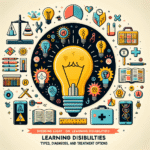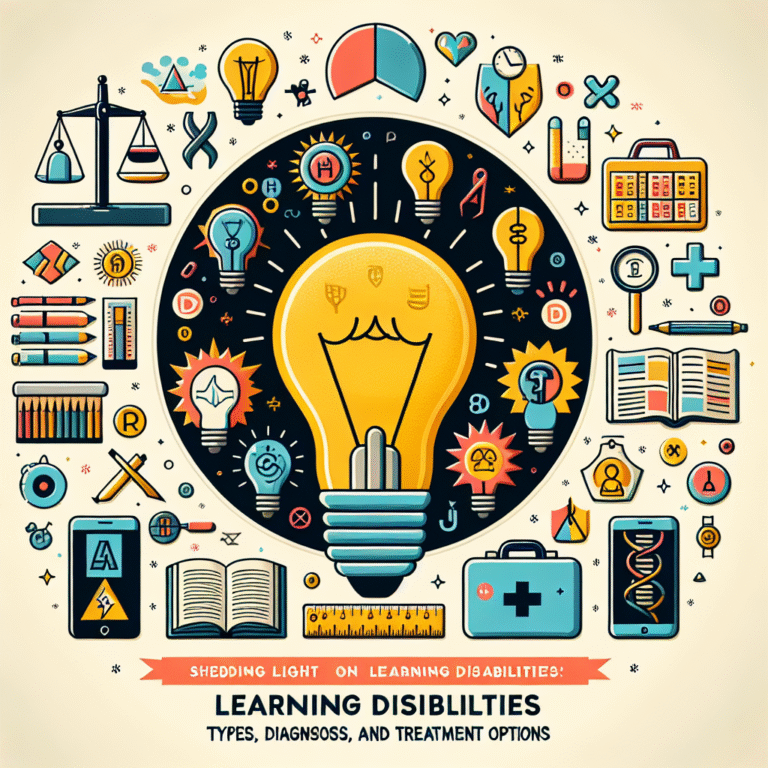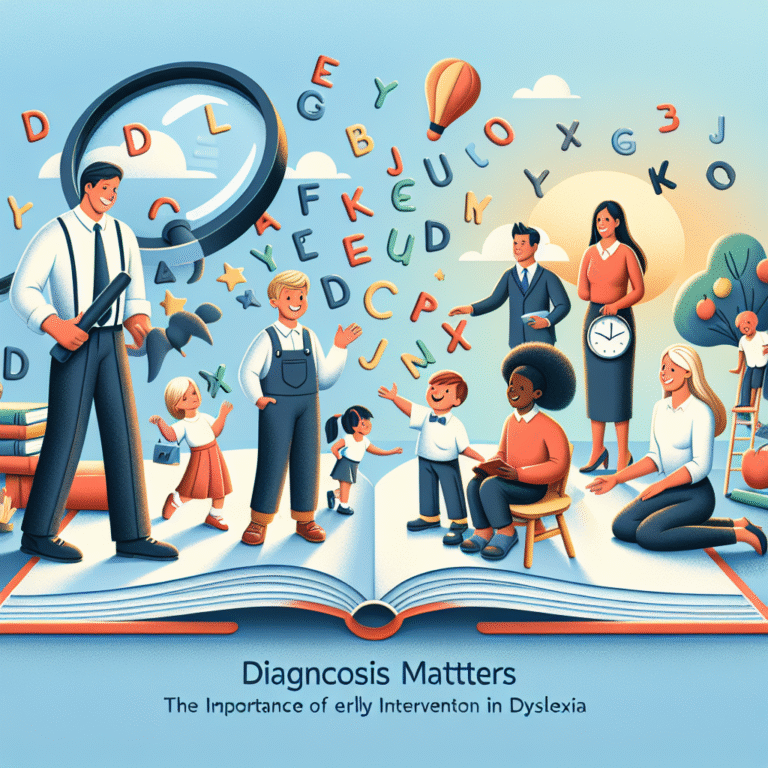
Creating a Community: Best Practices for Building Inclusive Classrooms
Introduction
In the ever-evolving landscape of education, fostering inclusivity within the classroom transcends mere compliance with policies; it embodies a commitment to nurturing diverse learning environments where every student feels valued and empowered. Creating a Community: Best Practices for Building Inclusive Classrooms is not just a concept; it’s a vital undertaking in addressing students’ unique needs, ensuring equitable access to opportunities, and enhancing interpersonal relationships among learners.
As we delve into the impactful strategies that create this supportive atmosphere, the significance of these practices will emerge clearly. Inclusive classrooms are not merely beneficial; they are essential for cultivating future-ready individuals equipped to thrive in an increasingly globalized society. In this comprehensive guide, educators and stakeholders will find valuable insights and actionable steps to transform their classrooms into vibrant, inclusive communities.
The Importance of Inclusivity in Education
When we discuss Creating a Community: Best Practices for Building Inclusive Classrooms, it’s imperative to understand why inclusivity matters. Research consistently shows that inclusive classrooms lead to better academic outcomes, improved social skills, and enhanced emotional well-being among students. By embracing diversity—be it through varying abilities, backgrounds, or learning styles—educators enrich the learning experience for everyone involved.
Key Benefits of Inclusive Classrooms
Enhanced Learning Outcomes: Students in inclusive settings often achieve higher academic results due to collaborative learning experiences and access to diverse perspectives.
Fostering Empathy and Understanding: Exposure to different backgrounds and abilities cultivates empathy among students, preparing them for real-world interactions.
- Strengthening Community Bonds: Inclusive classrooms encourage a sense of belonging, which is foundational to community building within educational spaces.
Best Practices for Creating Inclusive Classrooms
1. Establishing Clear Norms and Expectations
Creating a community starts with setting the groundwork. Establishing clear norms and expectations that promote respect, kindness, and support is essential in inclusive classrooms.
- Collaborative Norm Setting: Involve students in the process of setting these norms. This participatory approach empowers students and encourages ownership of the classroom culture.
Case Study: Mindful Norms at Green Valley School
At Green Valley School, a middle school located in a diverse urban community, teachers initiated a project in which students collaboratively defined their classroom norms. The result? A significant drop in disciplinary issues and an increase in peer support, showcasing that clear, collaboratively set expectations can foster an inclusive environment.
2. Differentiated Instruction
Differentiated instruction ensures that diverse learning needs are met. Adapting lessons to cater to different learning styles, interests, and abilities promotes inclusivity and engagement.
- Flexible Grouping: Utilize varied grouping strategies based on students’ needs, strengths, or preferences—this provides learners with opportunities to collaborate with peers of different abilities.
Table: Differentiated Instruction Techniques
| Technique | Description | Benefits |
|---|---|---|
| Flexible Grouping | Change groups based on task or topic | Encourages collaboration & diverse input |
| Tiered Assignments | Assign tasks at varying difficulty levels | Addresses varying readiness among students |
| Scaffolding | Provide support structures to enhance understanding | Helps build student confidence |
3. Creating a Welcoming Environment
The physical environment of a classroom plays a crucial role in inclusivity. A welcoming space that reflects diversity can help students feel secure and valued.
- Culturally Relevant Decor: Showcase student work and materials that reflect the cultural backgrounds of all students. This nurtures pride and belonging within the classroom community.
Case Study: The Fusion Classroom at Lakeside Academy
At Lakeside Academy, teachers revamped their classroom decor to reflect the cultural heritage of students. They incorporated artifacts, books, and artwork from various cultures, which resulted in a marked improvement in student engagement and cultural appreciation across the student body.
4. Promoting Social-Emotional Learning (SEL)
Integrating social-emotional learning into the curriculum is paramount for Creating a Community: Best Practices for Building Inclusive Classrooms. SEL not only fosters emotional intelligence but also equips students with necessary skills for navigating interpersonal relationships.
- Regular Check-Ins: Implement daily or weekly check-in processes, where students can express their feelings and concerns. This practice helps in building trust and understanding within the classroom.
5. Involving Families and Communities
Family and community involvement is a cornerstone of inclusive practices. By fostering strong partnerships with parents and community members, teachers can extend the classroom’s sense of community into students’ home lives.
- Outreach Strategies: Involve families through newsletters, workshops, and community events. Encouraging parental input in school activities and decisions can enhance the inclusive aspect of a classroom.
Case Study: Parent Engagement at Harmony Elementary
Harmony Elementary School implemented monthly family engagement nights, inviting parents to participate in workshops and discussions about inclusive practices. Feedback indicated a boost in parental satisfaction and community involvement, showcasing effective partnership building.
6. Continuous Professional Development
For educators, understanding and implementing the best practices for diversity and inclusion is an ongoing process. Regular professional development ensures that teachers remain informed about inclusive strategies and approaches.
- Learning Opportunities: Encourage participation in workshops, online courses, and peer sharing sessions to build skills and confidence in managing inclusive classrooms.
Table: Professional Development Topics
| Topic | Importance | Example Activities |
|---|---|---|
| Culturally Responsive Teaching | Builds community | Workshops on integrating diverse cultures |
| Classroom Management Strategies | Supports engagement | Role-plays, case studies |
| Special Education Awareness | Enhances understanding | Collaborative sessions with specialists |
Conclusion
Creating a Community: Best Practices for Building Inclusive Classrooms is a vital journey for educators, as it directly impacts the success and well-being of all students. By focusing on establishing clear expectations, differentiating instruction, fostering welcoming environments, and promoting social-emotional learning, educators are not only enhancing academic achievement but also cultivating compassion and interconnectedness among students.
As we look toward the future of education, let’s inspire one another to commit to these inclusive practices. By doing so, we help shape a world where every student has the opportunity to shine, unlocking their potential and creating a ripple effect that extends well beyond the classroom walls.
FAQs
1. What is the purpose of creating inclusive classrooms?
Creating inclusive classrooms aims to ensure that all students, regardless of their backgrounds or abilities, feel valued and supported. This, in turn, fosters academic success and social-emotional growth.
2. How can I involve parents in creating an inclusive classroom?
Involve parents through regular communication, family engagement events, and feedback opportunities about classroom practices. This encourages a shared commitment to inclusivity.
3. What are some tools for tracking student progress in an inclusive classroom?
Utilize formative assessments, student portfolios, and self-assessment tools to monitor students’ growth in inclusive settings. This information can guide instructional design.
4. How do I manage behavior in an inclusive classroom?
Develop clear behavior norms and implement positive reinforcement strategies, such as recognizing positive contributions. Incorporating conflict resolution strategies also supports peaceful interactions.
5. What resources are available for professional development in inclusivity?
Many organizations offer online courses, workshops, and webinars focusing on inclusive practices, such as ASCD, the IRIS Center, and local education agencies.
6. How can technology support inclusivity in the classroom?
Technology provides diverse tools and resources that cater to varied learning styles. Tools like educational apps, multimedia resources, and learning management systems enable personalized learning experiences for all students.
Creating a Community: Best Practices for Building Inclusive Classrooms isn’t just a goal; it’s an ongoing effort that reaps immeasurable rewards—not just for students, but for educators and the broader school community as well. Embrace the journey and become a catalyst for transformative change in your educational environment.









